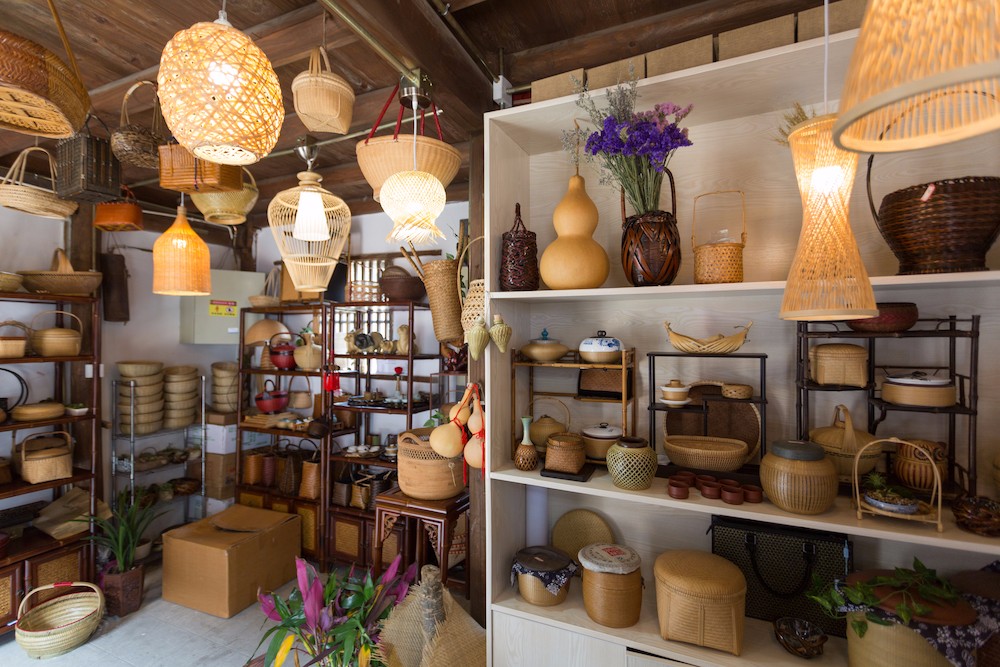
Inside Hong-Guang Cai’s Bamboo Craft Studio
Located at an ancient street, Hong-Guang Cai’s small studio is the only one that is specialised in bamboo craft in Dongyang, a city well-known for woodcarving in China. An eye-opening selection of pieces made of bamboo with meticulous details is displayed in the tiny studio space. A table is set by the only window facing the street, where Cai has accomplished all the spectacular work over the years, every day.
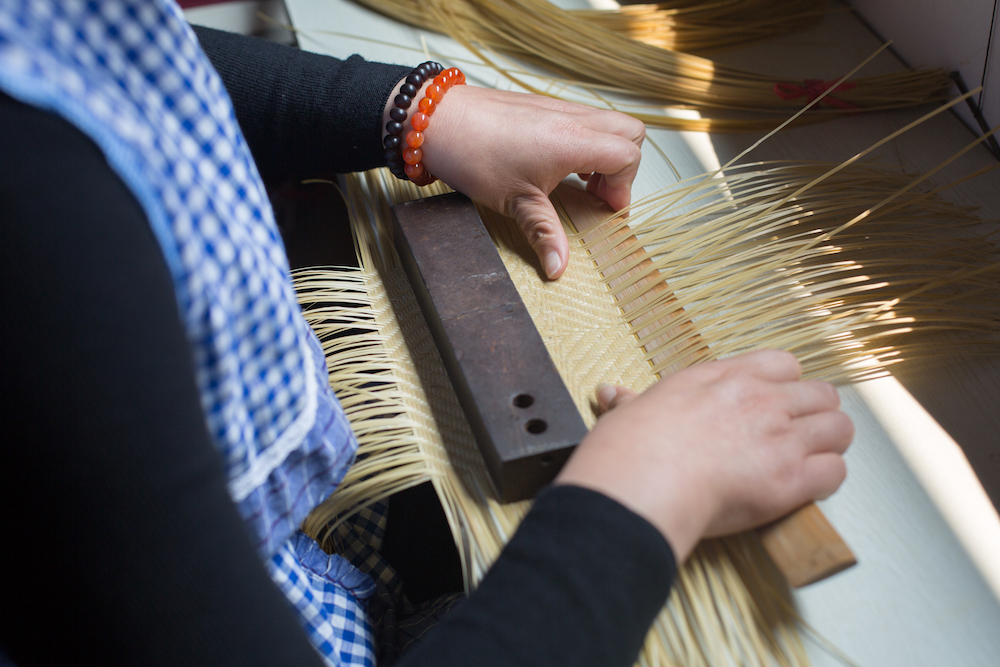
Cai has been working on bamboo craft since she was 16. At the beginning, she learned the craftsmanship from a renowned art-craft master, making some highly delicate pieces of collection value. In 2014, she went on a cultural exchange trip to Taiwan that unexpectedly changed her idea towards bamboo craft. She was amazed by the creative industry in Taiwan and saw the possibilities to use bamboo weaving to make stylish bags. “Maybe it’s just because I am a woman,” Cai says, “I was so excited to see those beautiful bamboo bags. Although I have made bags with fine bamboo craftsmanship before, those ones I saw in Taiwan have more unusual styles. When I came back to Dongyang, I started to make new designs of bamboo bags, and constantly working on techniques to improve the practicality of the bag.”
Cai showed us the traditional type of bamboo bags that she has been carrying since 2005. It is like a stiff rectangular basket. “It is not durable. I have accidentally crushed and broken a few.” She comments. Cai collaborates with a local leather bag company “Jinluda” in summer 2016, trying to combine the woven bamboo pieces with leather, to make handbags that are easy to carry for everyday use and yet with a special touch of traditional artistry. After six months of experiments, she finalises a few designs that she is “almost” happy with, and two of them are displayed in China Woodcarving Museum. “I tried to fix every problem I had with bamboo bags from all the years I have been using them. There might be other problems occurring in the future, thus I will continue to perfect the bag and make new designs. I am also looking forward to future collaborations with talented designers and fashion brands.”

Apart from her obsession with bamboo bags, Cai is making all kinds of daily product inspired by the traditional lifestyle. She remembers seeing everyone using bamboo products at home when she was younger, but now the plastics have taken over. She tells us why bamboo baskets are better than plastic bags: “These baskets, made from raw bamboo with the minimum industrial process, are very safe to contact food directly. You can use one basket for a lifetime. I hope that people will become more aware of environmental issues and change their ‘convenient’ lifestyle in some aspects.”
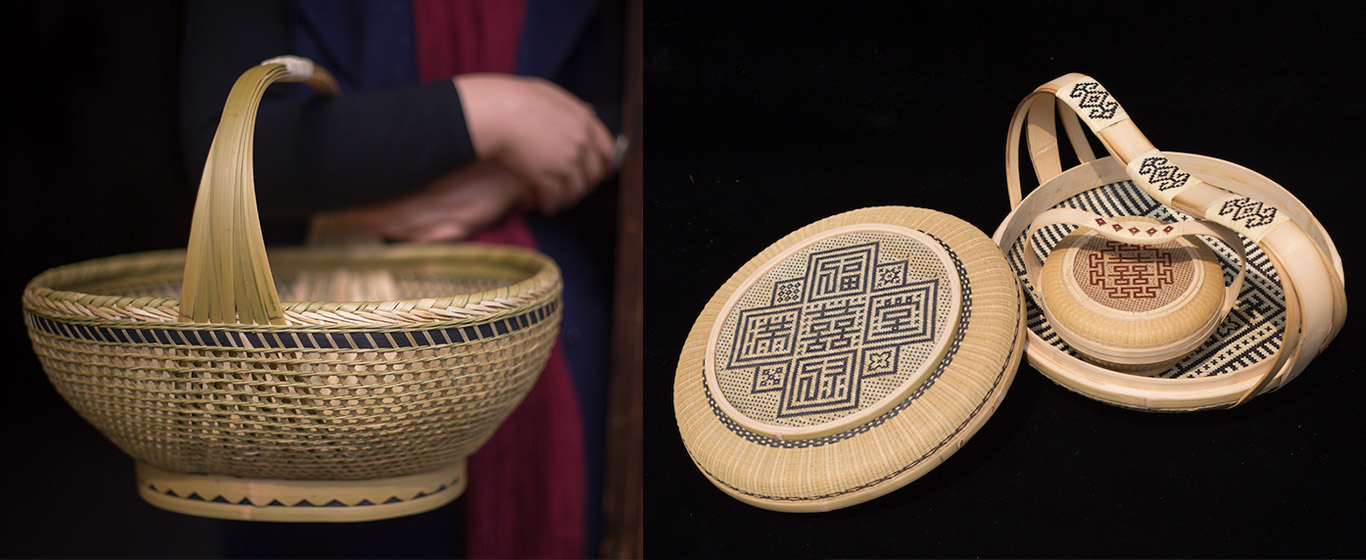
The amount of work in bamboo weaving is incredible. First of all, the raw bamboo pieces need to be split into fine strips, almost like thread, before it can be woven. The work can only be done by hand, as it is quite flexible due to the nature of bamboo. Take the teaware for example, every teacup has an individual shape for the bamboo strips to be woven tightly around it. It makes a perfect heat-proof cover for the cup while keeping the drink warm.
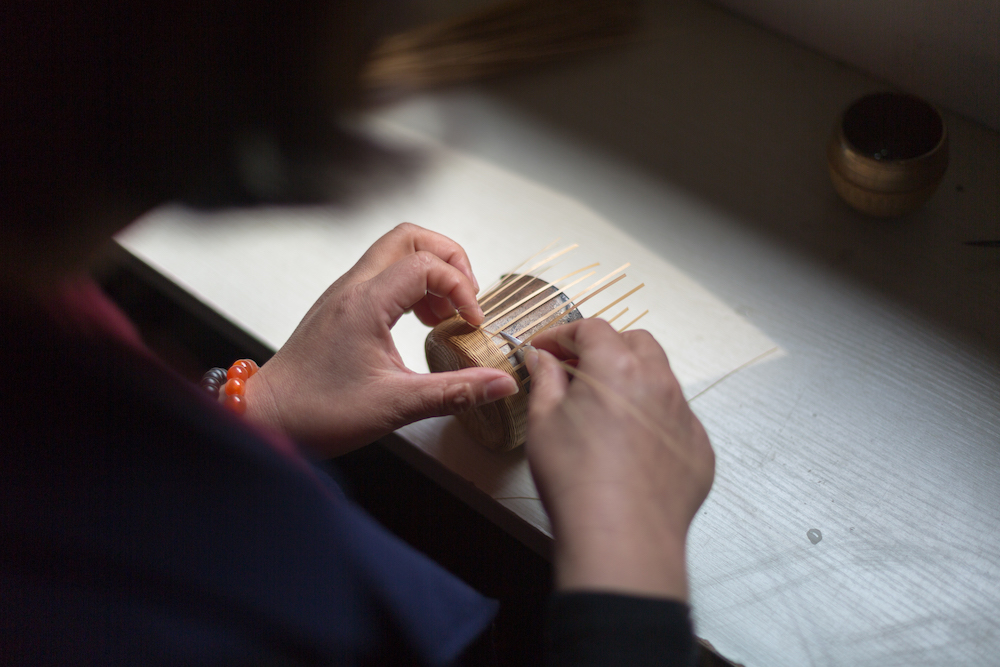
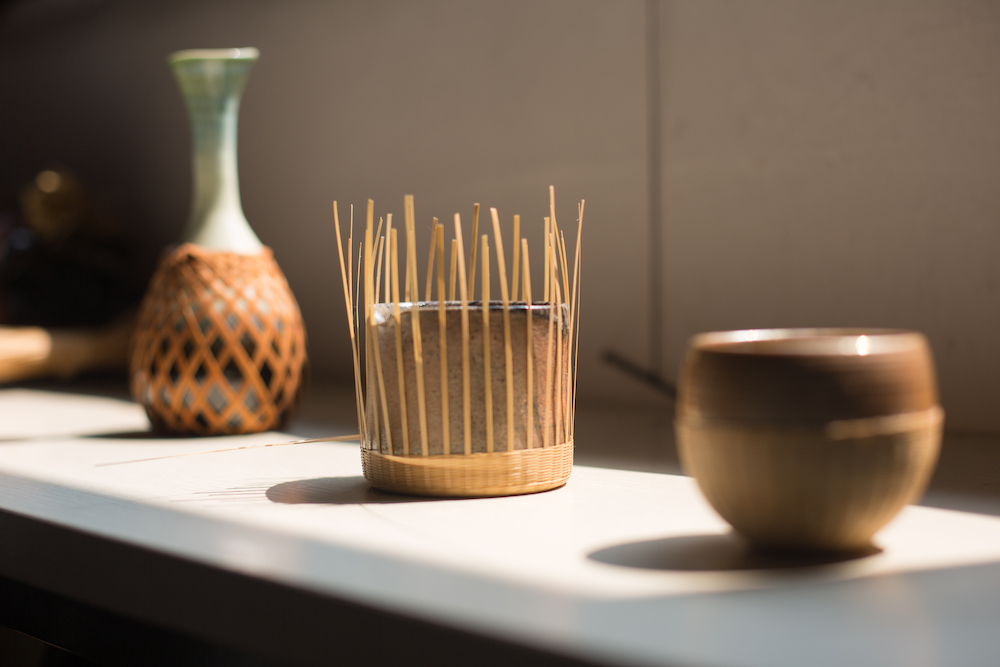
The complicated process of bamboo weaving requires the ultimate patience. “I am the only one who still does bamboo craft from all the students that were taught by the craft master," She explains, “but I just love it. I am sitting here for at least ten hours every day, making whatever I feel like to. I don’t care about weekends or holiday. The work is never-ending, it’s my life.” As for her future direction and goals, she says: “I still feel the most passionate about the bamboo bag, and will definitely develop more possibilities around it. My biggest wish is to promote bamboo weaving to the world, let people know that the best bamboo craft is in China. Although the Japanese use a lot of teaware and flower equipment made from bamboo, most of them were made here by us, including me."
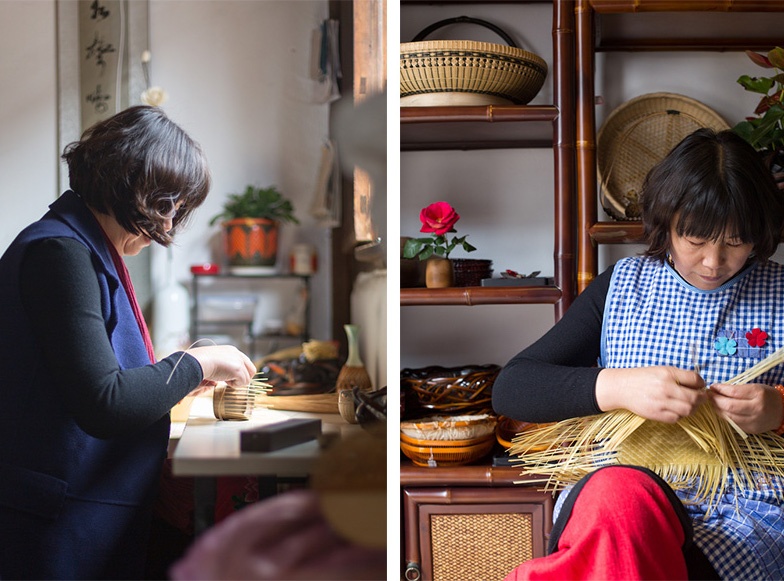
Photography: Yu Huang
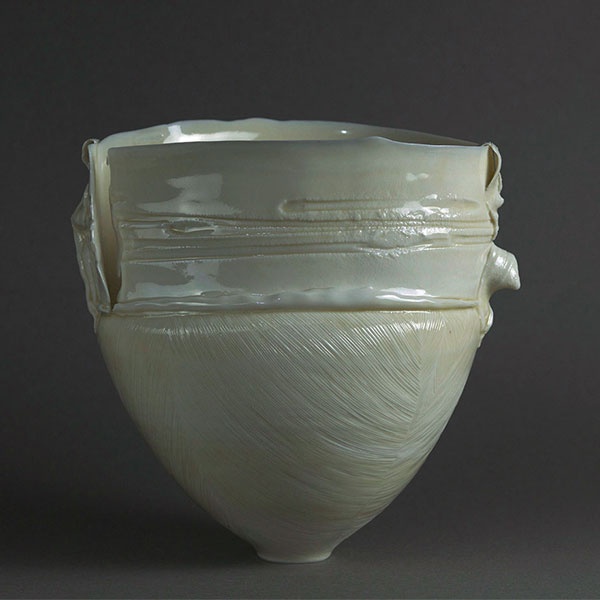
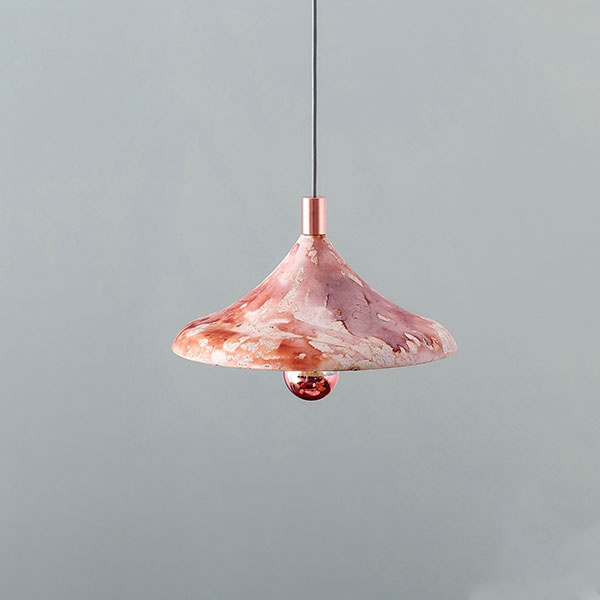
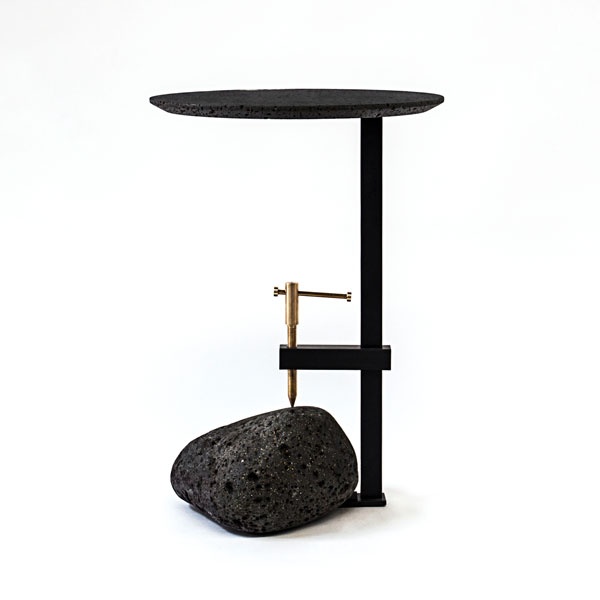
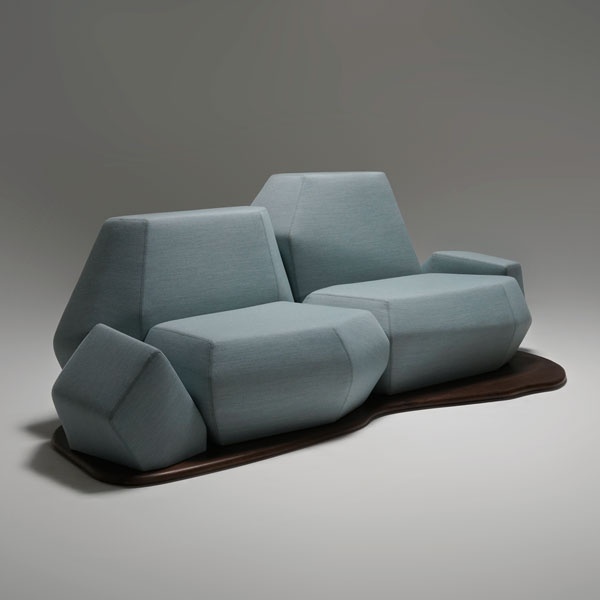
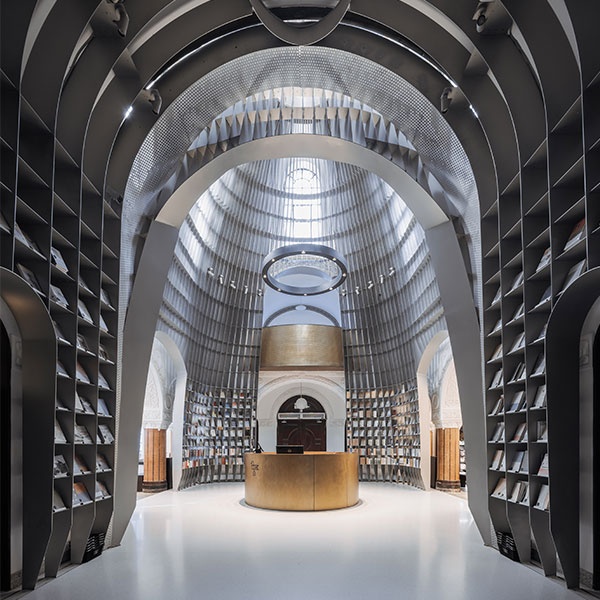
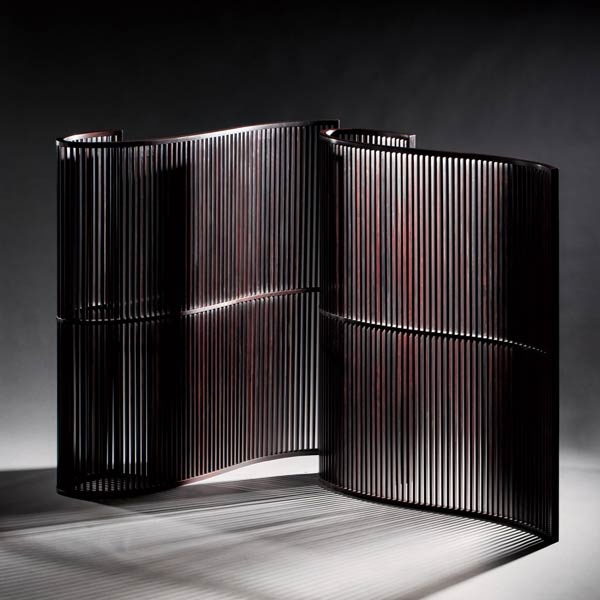
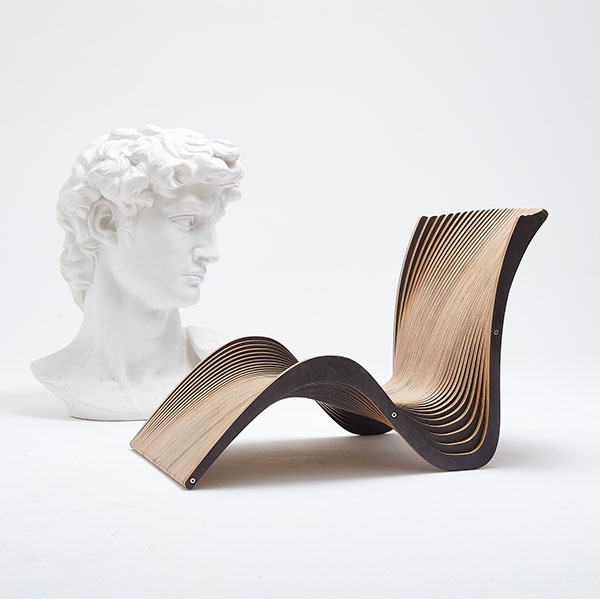
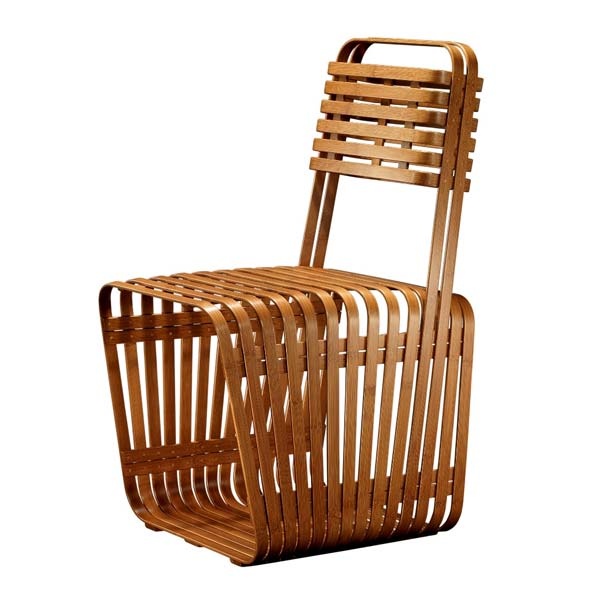

1 / 31
show thumbnailsnext picture previous picture start slideshow close lightbox